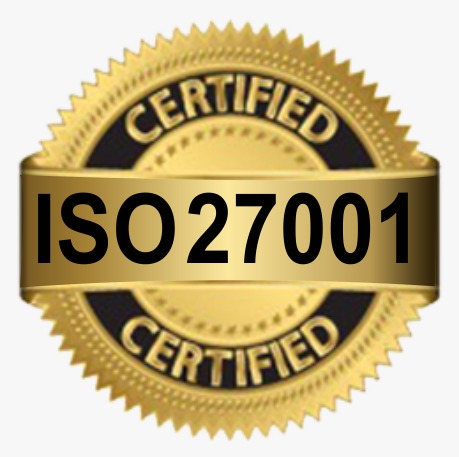Introduction
Surplus and reserves are integral for any insurance company to run smoothly. There are plenty of ways in which an insurance company makes profits. Of which, premiums and investment are largely the biggest contributors. This is what makes them profitable in the long run and their business sustainable. In the following paragraphs, we will discuss the difference between a Casualty and non-Casualty insurance company, what is surplus and reserves and how do casualty companies calculate these measures?
What is a Casualty Company?
The present insurance industry is said to be divided into 2 major segments:
- Casualty or Property insurance that includes general insurance or popularly known as non-life insurance.
- On the other hand, there are specialized insurance companies that cater to life or health insurance.
In the most prevalent sense, Casualty companies majorly cover the risks related to home, automobiles, and businesses. However, non-casualty companies cater to life/health insurance that is specified based on their distinctive functionalities. For example, health insurance is more likely to be of longer duration than automobile insurance.
These changes provide relief to both the insurer and the insured. This makes sense because an automobile owner can sell the product after using for 2-3 years and insuring it for more than would be bad economics. On the other hand, anyone buying health insurance wants to cover the risks throughout his/her lifespan.
Why different accounting methods?
Owing to the nature of different policies, casualty, and non-casualty companies provide different types of services to their customers which results in different types of premiums collected. In this way, the calculation of how profitable they are is calculated differently. Hence, the accounting methods and what amount makes an ideal reserve is different. The most significant of these changes are as listed:
- Duration of contract: Casualty insurance policies are usually found to be short-term contracts (6 months to a year). Due to which, their final cost is usually calculated after that period. On the other hand, non-casualty insurances are long term insurance and their premium and effective revenue earned is not known until the period of effective policy is not over. It is to be noted that these policies can also be a decade long.
- Variation in claim outcomes: The range of whether the claim was made under the policy and how much was the claim settled for, can be wide. Moreover, the cost of investigating whether the claim is legit or not also varies between the casualty and non-casualty companies. For example, in life/health insurance, an earthquake or any other disaster can result in a huge number of claims filed. By contrast, the filed claims are clear or much more predictable in the cases of life/health insurance. Hence there are few instances of catastrophic losses in the life/health insurance industry when compared to a casualty insurance company.
Balance sheet reserves
Any casualty insurance company puts aside a reserve of money that works as cushion money in the event of an unprecedented situation. Moreover, maintaining healthy reserves is mandated by law so as and when the insurance company needs to pay it back, it has enough funds in its pockets.
Balance sheet reserves or claim reserves (as they are popularly called) is expressed as a “liability” on insurance company’s balance sheet. It represents the amount of money insurance companies set aside for future claims that have been filed or reported to the insurance company but has not been settled yet. A casualty company mainly carries three types of reserves:
- Unearned premium reserves: This is the balance of premium that has not been earned during the policy period. It means that the existing policyholder can claim money on the respective policy against it.
- Loss/Adjustment reserves: These are the obligations that are soon to be filed or have been filed in the recent past.
- Incurred but not reported (IBNR) reserves: These generally include employees’ compensation or product liabilities. These reserves are not easily predictable so insurance companies are mandated to maintain a healthy state of IBNR reserves.
Predicting the right amount of reserves to be maintained is definitely important for the insurance company as over-reserving funds run the risk of lost opportunity wherein the funds could be invested by the company. On the other hand, under reserving can boost profitability but may be considered a bad thing in the case of any emergency.







Leave A Comment